Premium Only Content
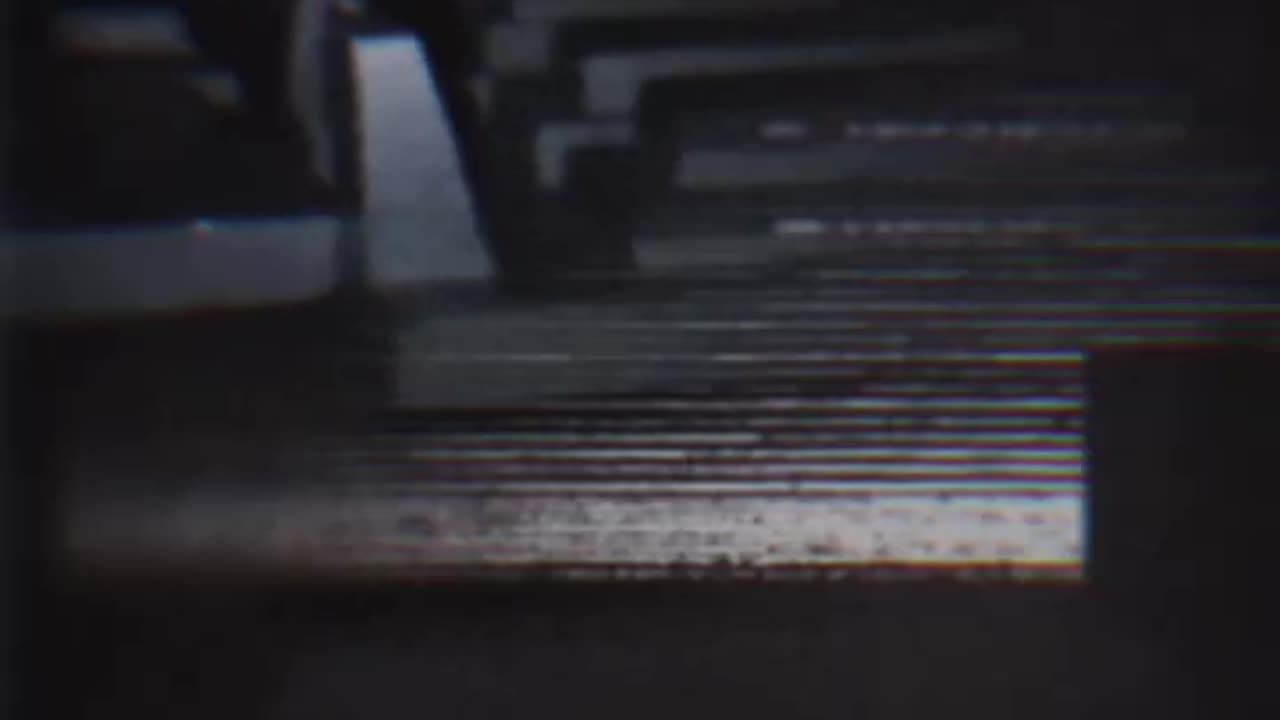
Horror Sciene
Creating effective horror scenes in writing requires careful attention to detail and the use of various literary techniques to evoke fear, suspense, and a sense of dread in your readers. Here are some key elements and tips for writing compelling horror scenes:
Atmosphere and Setting:
Choose a dark, eerie, or isolated setting to create a sense of foreboding. Abandoned houses, haunted forests, and eerie graveyards are classic choices.
Use descriptive language to paint a vivid picture of the surroundings, emphasizing eerie or unsettling details.
Characterization:
Develop complex and relatable characters that readers can connect with. This makes it more unsettling when these characters are put in terrifying situations.
Consider the psychological aspects of your characters. Their fears, vulnerabilities, and past traumas can add depth to the horror.
Suspense Building:
Gradually build tension throughout the scene. Start with subtle hints or unease and escalate the fear as the scene progresses.
Use pacing to your advantage. Short, punchy sentences can quicken the pace and intensify fear, while longer, descriptive passages can create a sense of dread.
Imagery and Descriptive Language:
Utilize vivid and sensory-rich descriptions to engage the reader's senses. Describe sights, sounds, smells, and textures to immerse them in the horror.
Use metaphors and similes to create eerie comparisons and unsettling imagery.
Foreshadowing and Uncertainty:
Drop hints or foreshadow the horror that's about to unfold, but keep the exact nature of the threat ambiguous. Uncertainty can heighten fear.
Allow readers to imagine the worst, and let their imaginations run wild.
Character Reactions:
Show how characters react to fear and stress. Their emotional and physical responses can be powerful tools for conveying horror.
Use dialogue to reveal their thoughts, fears, and attempts to rationalize or escape the terrifying situation.
Twists and Surprises:
Incorporate unexpected twists or surprises to keep readers on edge. Subverting their expectations can be particularly effective in horror.
Use misdirection to divert their attention before hitting them with the true horror.
Symbolism and Themes:
Explore deeper themes or symbolism within the horror scene. Horror can be a vehicle for exploring human fears, anxieties, and societal issues.
Consider how the horror connects to the broader narrative or themes of your story.
Sound and Silence:
Use silence strategically to create moments of anticipation. Sometimes, what isn't said or heard can be just as frightening as what is.
Incorporate sounds that are eerie or unsettling, such as creaking floors, distant whispers, or the howling wind.
End with a Bang:
Conclude the horror scene with a powerful and memorable moment. It should leave a lasting impression on the reader and make them crave more.
Remember that effective horror scenes often rely on the reader's imagination and fear of the unknown. By carefully crafting your descriptions, characters, and pacing, you can send chills down your readers' spines and create lasting, haunting impressions.
-
 LIVE
LIVE
MDGgamin
11 hours ago🔴LIVE -TARKOV & Path Of Exile 2- Live Long Enough To Become The Villain. - #RumbleTakeover
96 watching -
 LIVE
LIVE
Joker Effect
1 hour agoRumble is all freedom of speech! @PlayMotherland and @IGGYAZALEA bring a great genre! The games are lit af!
329 watching -
 58:42
58:42
The Amber May Show
10 hours ago $0.51 earnedWomen Of Rumble 04-15-25
9.44K -
 4:49
4:49
The Official Steve Harvey
1 day agoSteve Harvey's Motivational Talks 💭✨ Dream Big, Work Hard, and Make It Happen! ✨💭
49.5K6 -
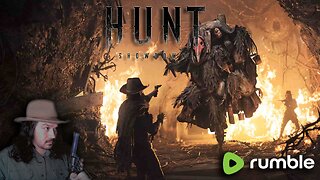 LIVE
LIVE
RaikenNight
2 hours ago $0.01 earnedTime To Go On A Hunt
110 watching -
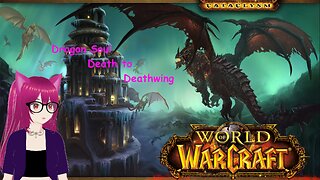 2:10:55
2:10:55
Purrfect Pixie's Cozy Spot
3 hours agoPixie Plays: World of Warcraft Cataclysm Classic: Dragon Soul Raid
8.4K -
 1:14:28
1:14:28
AlaskanBallistics
2 hours ago $0.30 earnedI love this Gun PodCast #26
6.99K -
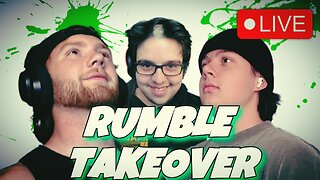 LIVE
LIVE
yellow_1ron
3 hours ago $0.21 earnedFIRST EVER RUMBLE STREAM | MARVEL RIVALS | WARZONE | JOIN UP!!!
58 watching -
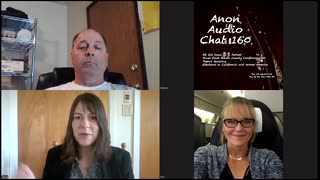 30:08
30:08
QNewsPatriot
10 hours ago(4/14/2025) | AUDIO CHAT 160 | SG Sits Down w/ CA Patriots "The Shasta Five": Election Security Efforts in Deep Blue California
19.6K4 -
 LIVE
LIVE
Anthony Rogers
1 day agoEpisode 361 - Stargates & Ancient Civilizations
58 watching